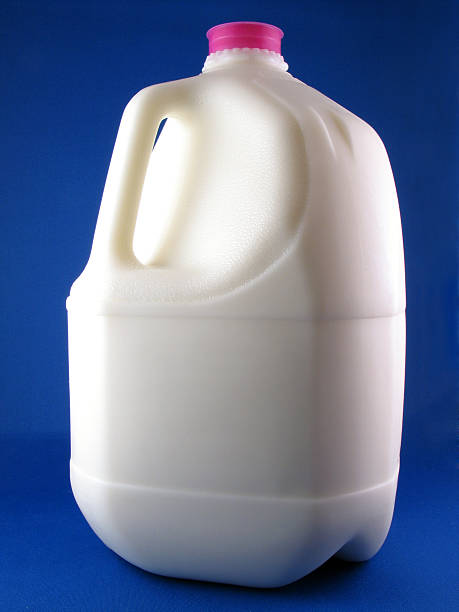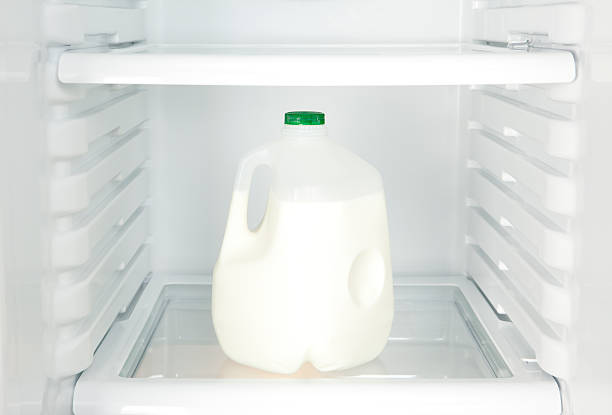Milk is a staple food in many diets around the world, and it is a rich source of many essential nutrients like calcium, vitamin D, and potassium. However, it is also high in calories and fat, which can contribute to weight gain if consumed in excess. Understanding the calorie content of milk is important for those trying to maintain a healthy diet or lose weight. In this article, we will discuss the number of calories in a gallon of milk, the different types of milk and their calorie content, and how to include milk in a healthy diet.
A gallon of milk contains approximately 3,785 calories. This is based on the average calorie content of milk, which is about 150 calories per 8 fluid ounces or 1 cup. One gallon of milk, which is equal to 128 fluid ounces or 3.785 liters, contains approximately 3,785 calories. To put this into perspective, the average adult needs about 2,000 calories per day to maintain their weight, so a gallon of milk would provide almost double the daily calorie needs for one person.
Milk is a staple in many diets and is a rich source of nutrients such as calcium, vitamin D, and potassium. However, it is also high in calories and fat, which can contribute to weight gain if consumed in excess. Understanding the calorie content of milk is important for those trying to maintain a healthy diet or lose weight.
One gallon of milk, which is equal to 128 fluid ounces or 3.785 liters, contains approximately 3,785 calories. This is based on the average calorie content of milk, which is about 150 calories per 8 fluid ounces or 1 cup. To put this into perspective, the average adult needs about 2,000 calories per day to maintain their weight, so a gallon of milk would provide almost double the daily calorie needs for one person.
It is important to note that the calorie content of milk can vary depending on the type of milk. Whole milk, which has a higher fat content, contains more calories than skim milk or reduced-fat milk. For example, a cup of whole milk contains about 150 calories, while a cup of skim milk contains about 90 calories. Whole milk contains about 3.5% fat, while reduced-fat milk contains about 2% fat, and skim milk contains about 0.1% fat.
It is important to note that the calorie content of milk can vary depending on the type of milk. Whole milk, which has a higher fat content, contains more calories than skim milk or reduced-fat milk. For example, a cup of whole milk contains about 150 calories, while a cup of skim milk contains about 90 calories.
Additionally, flavored milk such as chocolate or strawberry milk contains added sugars, which increases the calorie content. One cup of chocolate milk can contain up to 170 calories.
Despite its high calorie content, milk can be a part of a healthy diet when consumed in moderation. It is a good source of nutrients such as calcium, which is important for bone health, and vitamin D, which helps the body absorb calcium.
To limit calorie intake from milk, it is recommended to choose reduced-fat or skim milk instead of whole milk and to limit the consumption of flavored milk. In addition, it is a good idea to monitor portion sizes when consuming milk, as even reduced-fat or skim milk can add up quickly in terms of calories when consumed in large quantities.
In conclusion, a gallon of milk contains approximately 3,785 calories, making it a high-calorie food that should be consumed in moderation. It is important to be aware of the calorie content of milk, and to choose reduced-fat or skim milk instead of whole milk and to limit the consumption of flavored milk. Additionally, it is important to monitor portion sizes when consuming milk to prevent excessive calorie intake. Despite its high calorie content, milk can still be a part of a healthy diet when consumed in moderation and when balanced with other nutrient-dense foods.

 Home
Home Health
Health Diet & Nutrition
Diet & Nutrition Living Well
Living Well More
More












